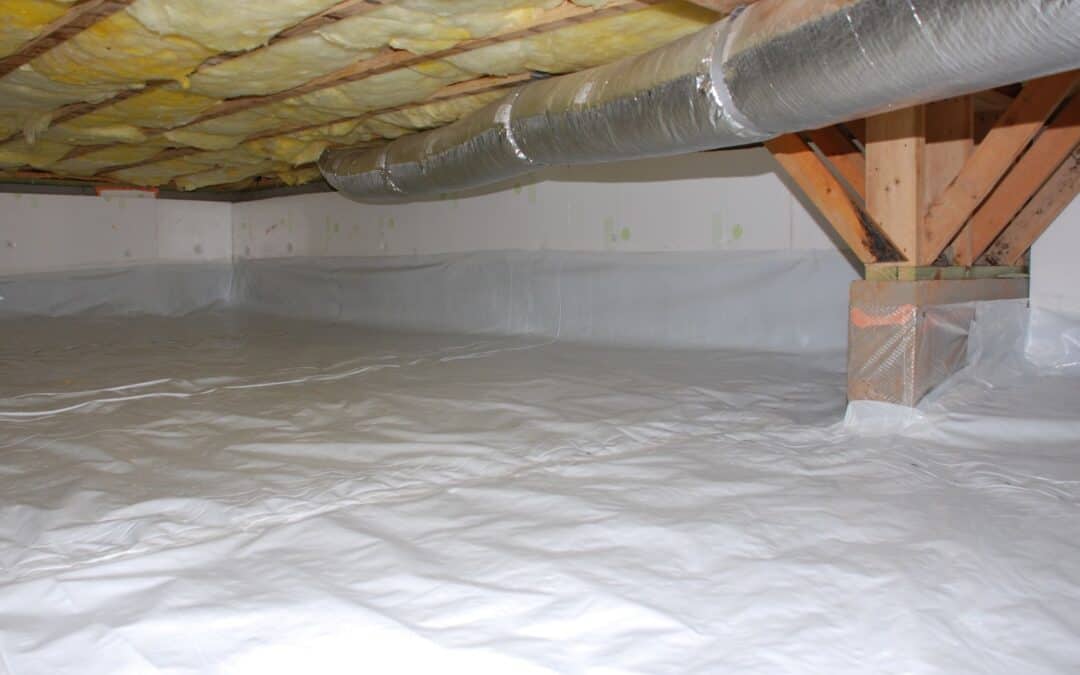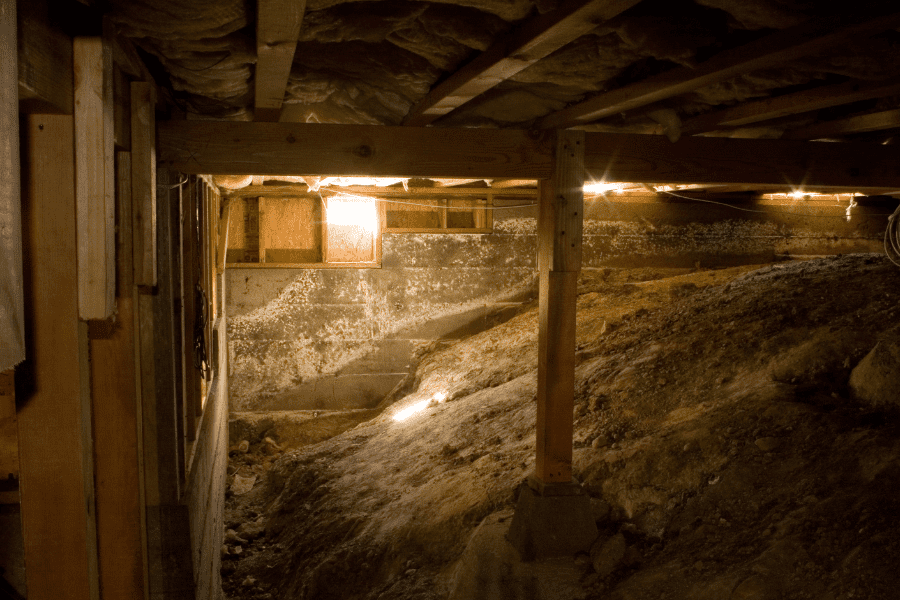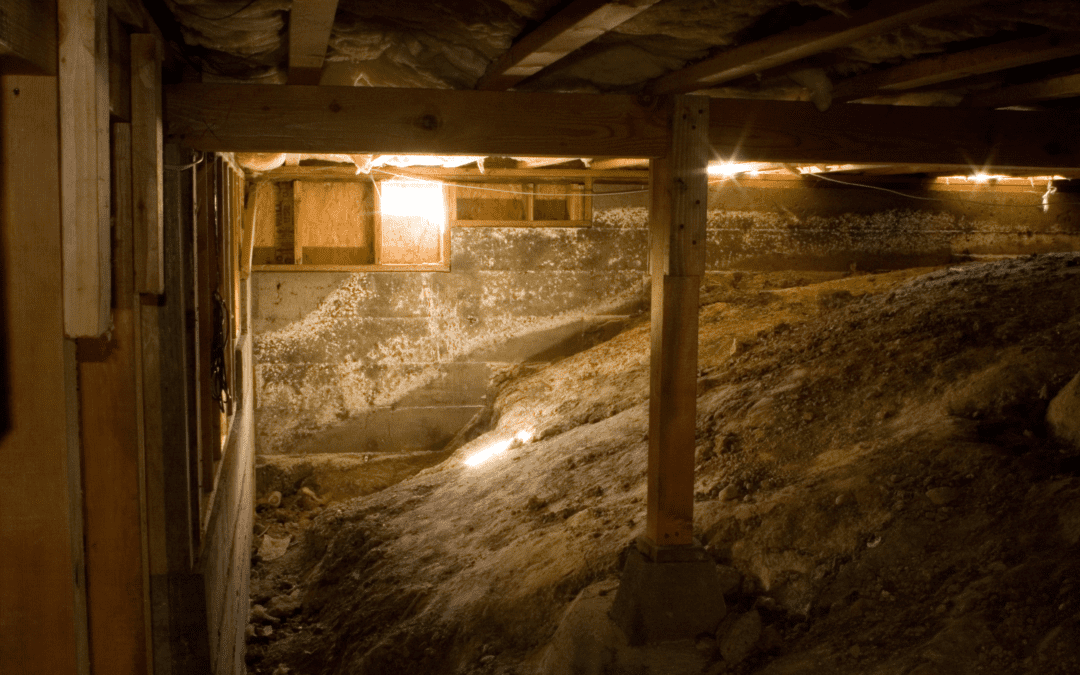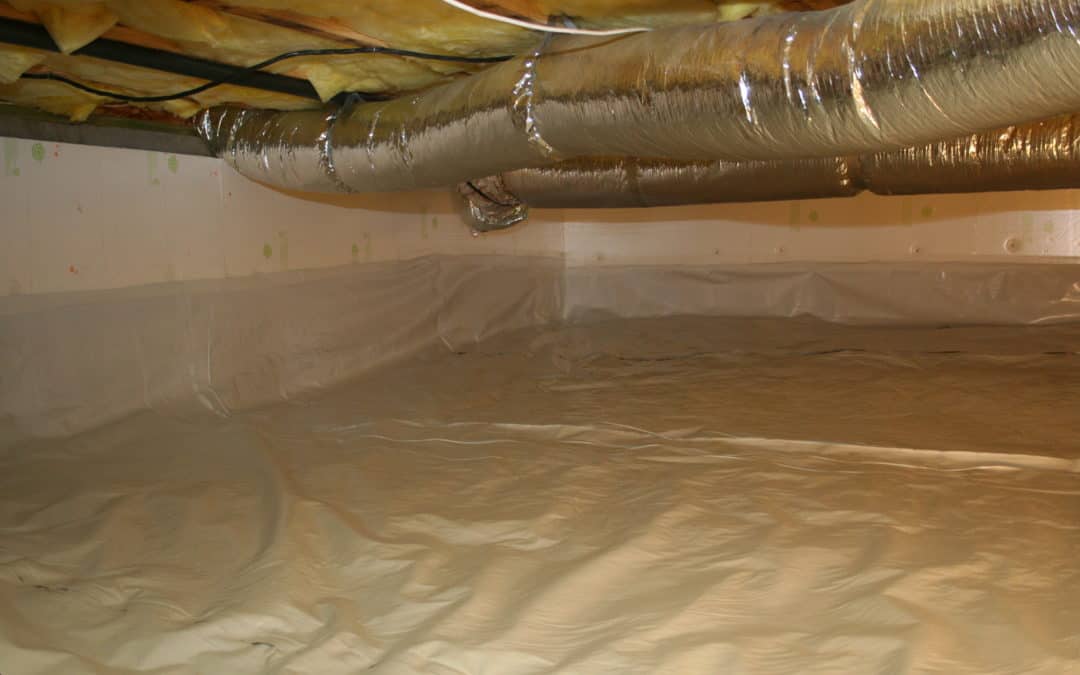READY TO GET STARTED?
REQUEST A FREE ESTIMATE
Fill out the form below or call (336) 226-1448 for a free, no-obligation estimate.

If you’re dealing with pests in your crawl space in North Carolina, it’s important to address the issue promptly, as pests in this area can cause significant damage to your home and affect indoor air quality. Common pests found in crawl spaces in North Carolina include moisture-loving insects like termites, ants, rodents, spiders, and cockroaches. Here’s a general guide to pest control in your crawl space:
By addressing moisture, sealing potential entry points, and using targeted pest control treatments, you can maintain a pest-free crawl space. If you’re ready to enclose your crawl space or suspect you have pests, reach out to your local pest control company for help with pest control in your crawl space.

Your crawl space plays a key role in your home’s overall health and safety. If your crawl space is not properly taken care of, it can lead to a range of problems such as pest infestations, poor indoor air quality, damage to your foundation, and potential health hazards. In this blog, we breakdown how to care for your crawlspace with the help of DIY methods, encapsulation, and CrawlSpace Seal.
Encapsulating your crawl space is the process of sealing it to help prevent moisture from entering. This process involves installing a moisture barrier or vapor barrier on the floor and walls of your crawlspace, keeping moisture out of the space to help prevent fungi, wood rot, and other moisture-related problems. Likewise, crawlspace encapsulation can help seal pests out by eliminating the food and water sources available to them.
CrawlSpace Seal is an innovative solution that is applied to wooden structures in space, such as floor joists and beams. CrawlSpace seal will not only help with moisture issues, but it can also deter pests, like termites, and prevent them from damaging your home’s wood. This service is environmentally friendly and can provide extra protection when paired with crawlspace encapsulation.
Following these tips to care for your crawl space can lead to a healthy home for you and your family!

Crawl space encapsulation is the process of sealing your crawl space with a barrier to prevent moisture from entering. A crawl space professional will install a moisture or vapor barrier on the floor and walls of the space, allowing moisture to stay out to prevent fungi growth and other moisture–related problems. But when do you know it’s time to enclose your crawl space? We breakdown all you need to know about crawl space encapsulation, its benefits, and tips on keeping it healthy year-round.
If you’re noticing persistent moisture issues, fungi growth, or a musty smell creeping into your home, it’s a clear sign that enclosing your crawl space could be the solution. Sealing it off can help protect your home from these issues.
Besides preventing moisture-related issues, there are several other benefits that enclosing your crawl space will provide your home, including:
Once your crawl space encapsulation is installed, it’s still important to continue taking care of the space so you don’t run into any further problems in the future. Consider these tips:
With the help of crawl space encapsulation, crawlspace seal services, and regular maintenance and inspections, you’ll see a healthier environment in your home!

Once the winter hits North Carolina, the last thing you want to deal with is a cold home! With temperatures dropping, it’s important that your heating systems are ready, and your home is prepared to weather the cold. If not, you could be dealing with cold air and high energy bills. Crawl space enclosure in the winter provides a solution to both problems that many homeowners face.
There are several benefits to enclosing your crawlspace. One that many look forward to is saving on their energy bill. The moisture in your crawlspace can affect the temperature inside the home, causing the HVAC unit or furnace to run longer to help keep your home warm, and in return uses more electricity. When you enclose your crawlspace, the moisture barrier acts as a sealant, which controls the moisture levels. This will ease the strain of your HVAC system to make your home more energy-efficient and save on energy bills.
Another great benefit of enclosing your crawlspace is preventing mold growth and odor. If left open, high moisture levels can cause unwanted growth, creating considerable damage to your home, posing a health risk to your family, and potentially causing an odor throughout your home.
An unsealed crawlspace is an open invitation to pests looking for shelter, food, and water. Once inside, these pests can cause damage and present a health risk to your home and family. After the crawlspace enclosure installation is complete, the moisture barrier can help eliminate entry points for these pests to infest, providing you with another avenue of pest control.
Consider calling a pest control company near you for a crawlspace enclosure inspection and quote to stay warm and pest-free in the winter!

Every homeowner should ensure their home’s temperature is consistent for comfortable living. Unfortunately, your crawl space could contribute to your home’s ever-changing temperature. Crawl spaces can be impacted by moisture and pests, making it essential to fix these issues promptly. Read on to learn more about crawl space care for your home.
Living in the southeast can bring high humidity. This humidity contributes to conditions suitable for fungi growth and wood rot. Over time, these conditions can cause severe health issues for family members who suffer from asthma and allergies. If you notice excessive moisture in your crawl space and North Carolina home, it’s best to resolve it in a timely manner.
After the warmer months leave, your crawl space might become a refuge for pests and wildlife. Some pests that might seek shelter and comfort in your crawl space include ants, crickets, spiders, mice, and cockroaches. Termites will also find it easier to eat away at our home’s structure if it is moist enough.
Enclosing or encapsulating your crawl space is one of the best methods for taking care of your crawl space, although there are some do-it-yourself crawl space care measures you can implement on your own to improve the health of your home’s crawl space.
If you suspect you have pest infestations or moisture problems in your crawlspace, reach out to a pest control company near you to schedule a free inspection and receive the best plan of action today!

It’s bad enough having to deal with cold winter weather outside. It’s even worse when the cold temperatures start to creep into your home. While heating systems work hard enough in the winter to keep our homes warm and comfortable, additional cold air seeping into your home makes them work harder. This can leave you with cold feet and a high energy bill! Let’s review the benefits of crawlspace enclosure for your North Carolina home.
Up to 50% of household air flows in from your crawlspace. If your crawlspace isn’t enclosed, it lets your heated or cooled air out and allows outdoor air in. This will cause your heating and cooling system to work overtime to compensate for the fluctuation in temperatures, which may cause you to still feel cold floors and inconsistent temperatures throughout your home. Also, these units burning more energy leads you to increased utility bills.
Crawlspace enclosure is like adding a liner to your pool to avoid leaks. Water vapor enters your crawlspace from the ground and can even seep through cement. Increased moisture can cause a handful of problems in your crawlspace and your home. Moisture attracts pests, degrades indoor air quality, can cause mold and mildew growth, warped floors, and structural damage. Adding a moisture barrier and dehumidifier is a great way to help keep moisture out of your crawlspace. Check out our list of crawlspace enclosure benefits:
Do you have an issue with moisture in your crawlspace? Contact a pest control company near you who can come out and inspect your crawlspace, identify potential areas of concern, and recommend the best treatment plan for your situation.